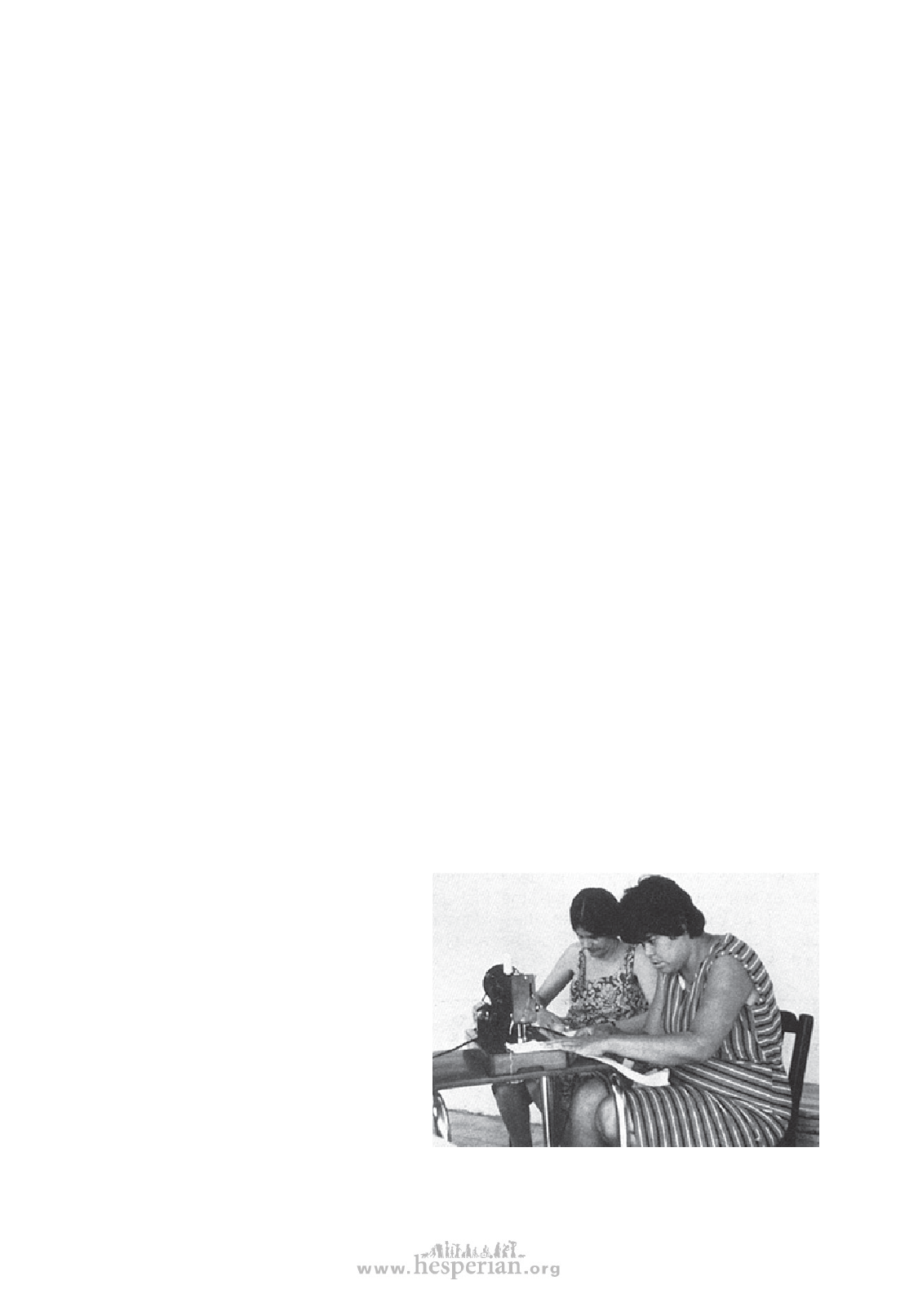
VILLAGE REHABILITATION ACTIVITIES
STARTING IN A VILLAGE—WHERE TO BEGIN?
407
Rehabilitation of disabled persons within a village or neighborhood usually has two
major goals:
1. To create a situation that allows each disabled person to live as fulfilling, self-
reliant, and whole a life as possible, in close relation with other people.
2. To help other people—family, neighbors, school children, members of the
community—to accept, respect, feel comfortable with, assist (only where
necessary), welcome into their lives, provide equal opportunities for, and
appreciate the abilities and possibilities of disabled people.
One of the best ways to bring about better understanding and acceptance of
disabled people is to involve both disabled and non-disabled persons in shared
activities. The next few chapters discuss selected community activities that can help
improve people’s understanding and respect for the disabled. These can be introduced
either as part of a rehabilitation program, or independently by concerned persons such
as parents, school teachers, or religious leaders. Some of these activities, in fact, have
proved to be good ways to create interest and open discussion with local people about
starting a small community-based program.
There are many possibilities for getting people in a village or neighborhood more
actively involved. Often a good way to start is to call a meeting to bring together
disabled persons and family members of the disabled. Sometimes one or more
leaders in the community happen to have a child or close relative who is disabled.
These persons, with a little encouragement, may take the lead in organizing other
families with disabled children, or in starting a local rehabilitation program.
It makes sense to start where people express their biggest concern. For example,
in Peshawar, Pakistan, a community program for mentally slow children was started
because families of these children expressed a strong need. In Nicaragua, a group of
disabled revolutionaries with spinal cord injuries started a program to produce low-
cost wheelchairs to meet their particular needs, in Mexico, physically disabled village
health workers started a community program for disabled children and their families.
Today, these 3 programs have all expanded their coverage to include a far wider range
of disabilities than they started with.
Some children have several
disabilities, so it is hard to limit
attention only to certain ones. We
must try to meet the needs of the
whole child, within the family and
within the community. However, it
often works best to start in a small
and fairly limited way, wherever
people are ready. Let things grow
and branch out from there, as new
concerns arise and new people
become involved.
In a community program everyone helps out.
Here the mother of a boy with polio sews cloth
to form ‘stockings’ for use under plaster casts.
disabled village children